25+ SAMPLE Daily Sales Reports
-
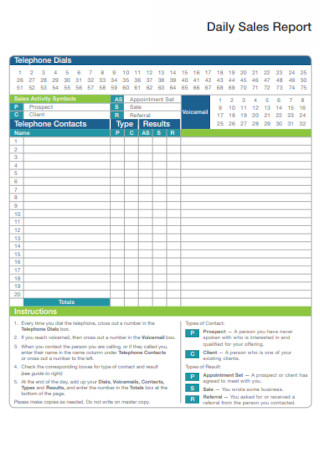
Daily Sales Report
download now -
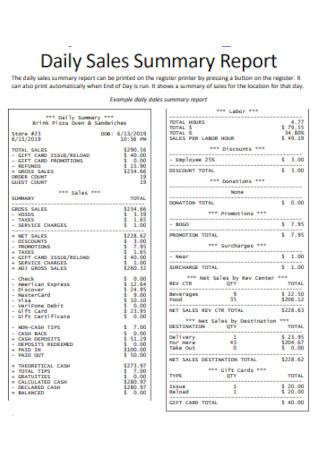
Daily Sales Summary Report
download now -

Daily Sales Analysis Report
download now -
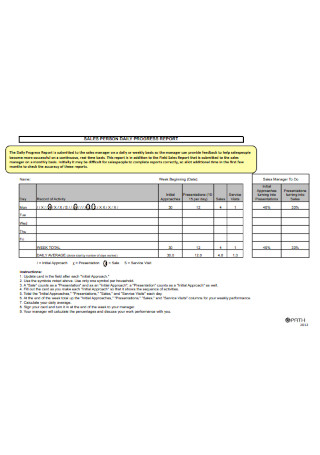
Sales Person Daily Progress Report
download now -
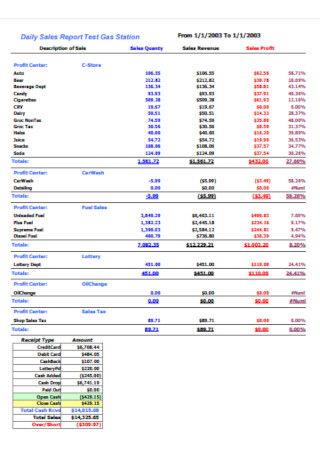
Daily Sales Report Format
download now -

Daily Sales Report Template
download now -
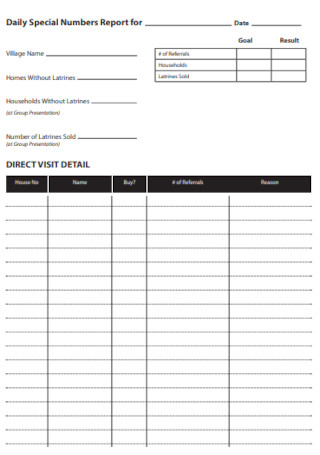
Sample Daily Sales Report
download now -
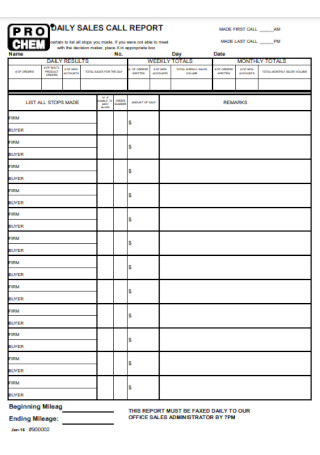
Daily Sales Call Report
download now -
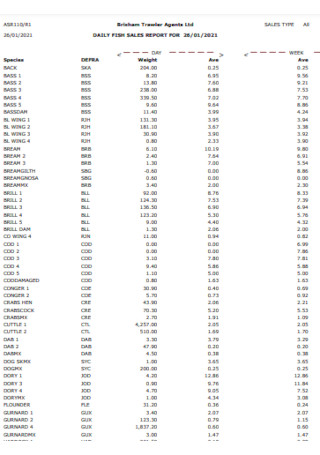
Daily Fish Sales Report
download now -
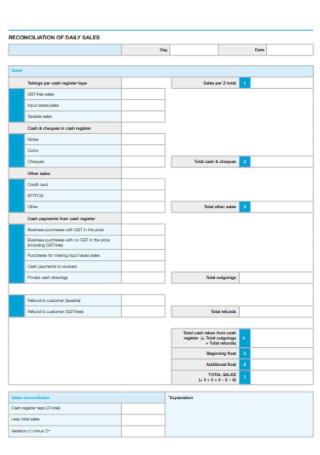
Reconciliation of Daily Sales
download now -
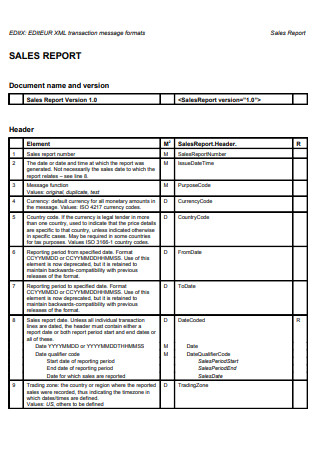
Sales Report Format
download now -
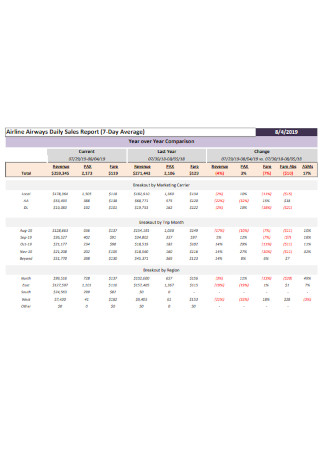
Airways Daily Sales Report
download now -

Daily Sales Call & Visit Report
download now -
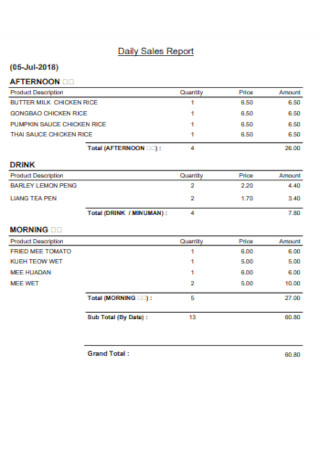
Basic Daily Sales Report
download now -
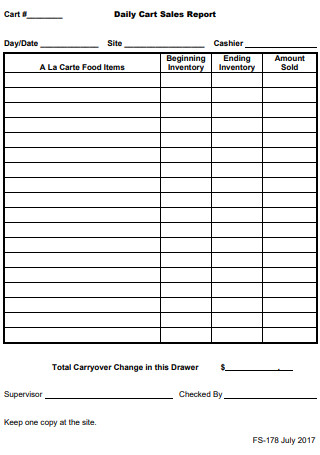
Daily Cart Sales Report
download now -
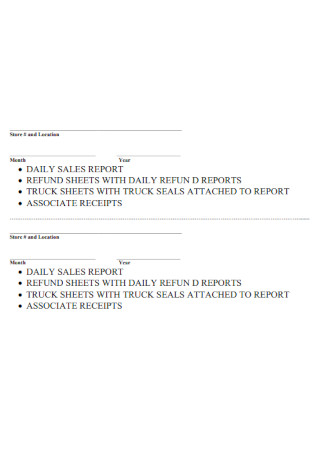
Daily Sales Report in PDF
download now -

Formal Daily Sales Report
download now -

Daily Sales Report Format Template
download now -
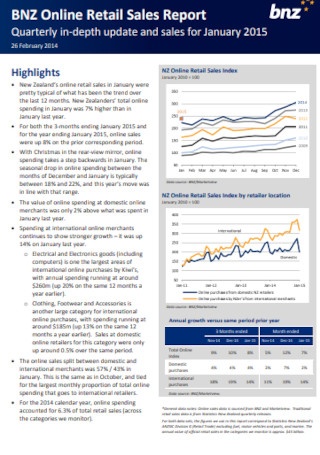
Online Retail Sales Report
download now -
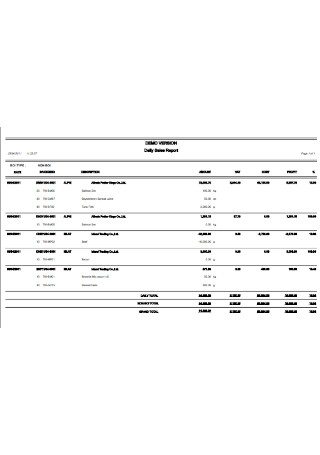
Sample Daily Sales Report Template
download now -
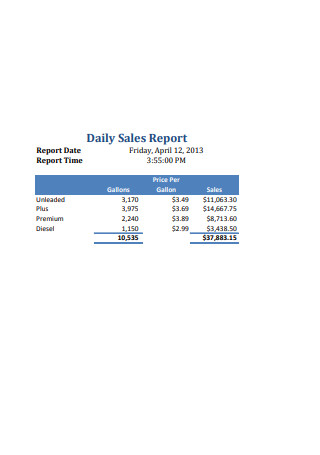
Professional Daily Sales Report
download now -

Bingo Daily Session Sales Report
download now -
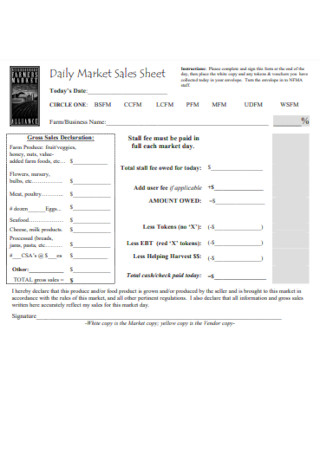
Daily Market Sales Sheet
download now -
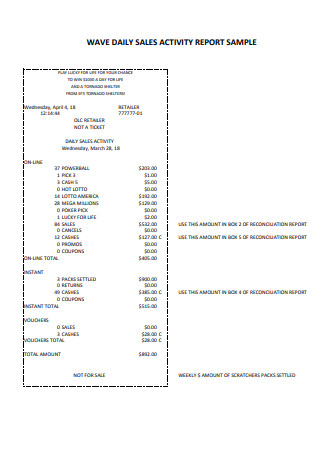
Wave Daily Sales Activity Report Sample
download now -
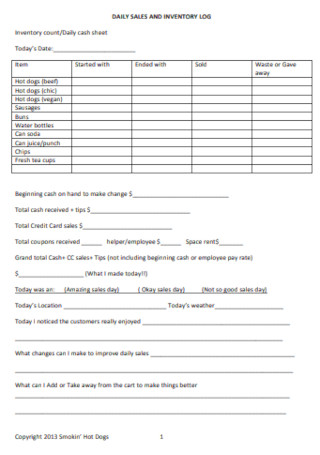
Daily Sales & Inventory Log
download now -
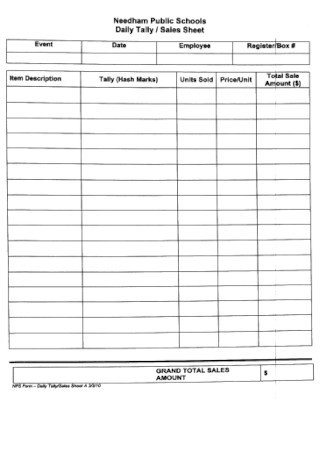
Daily Tally Sales Sheet
download now
What Is a Daily Sales Report?
A daily sales report (DSR) is a business tool used to track the daily activities of sales team representatives. A DSR is especially beneficial when representatives are out of the office and on the road meeting with clients because it keeps track of their success on any given workday. Analyzing a sales representative’s monthly or weekly sales does not provide management with the same insight as examining daily sales does. While a monthly report must include some data from daily reports, daily reports are much more frequent and generally much more detailed. The most basic sales report template must consist of information about the employee, the sale, the client, distance traveled, or phone calls. A more comprehensive report format, on the other hand, may include additional information. Also, report templates should consist of data on the average time it takes for a lead to complete the sales cycle. Comparing daily sales objectives to daily sales quotas is another excellent indicator of sales performance. Any meetings and sales calls conducted by your sales team should be documented on the report form, as should any critical information discussed. According to a statistical report, 70% of salespeople utilize social media to generate leads while prospecting. Sales staff have used social media sites like LinkedIn, Facebook, and Twitter to strengthen client relationships and increase income. However, to build a solid online strategy for your company, you’ll need the relevant data to base your decisions on, which is where a sales report comes in.
Benefits of a Daily Sales Report
Businesses have discovered that daily sales reports assist them in understanding their workforce’s difficulties and recommend corrective steps promptly. However, from the standpoint of the salesperson, it is a pointless activity – especially when there is no meaningful news to give. However, managers should be aware of daily reports from teams to make informed judgments about how and where to devote their time and resources. Here are some examples of how daily sales reports can aid your company’s sales performance and growth.
Types of Sales
Almost everyone wants to work in sales because it is one of the most profitable careers. The underlying idea is that the seller delivers services and items in exchange for payment from the buyer. Because there are several forms of sales depending on the nature of the transaction and company conducted, various jobs are available in the sales profile. The seller and the customer are the two leading players in a sales transaction. Depending on the kind of job and the nature of the clients, there are various types of sales. Here are a few common forms of deals that may be found in most companies:
Inside Sales
A salesman is also known as a sales representative, and they are in charge of maintaining relationships with existing clients and generating new sales orders. The same is true in the case of inside sales representatives. The salesperson is the primary aim of contact for clients. The representative is required to keep the business going by cultivating strong client relationships.
Outside Sales
This is the form of sale that is referred to as conventional. The representative deals with consumers face to face and work primarily outside of the office. Because interaction generates business, representatives spend more time in their customers’ offices than in their own offices. To be a prosperous salesperson, you must be self-motivated and goal-oriented to accomplish the objective with little or no supervision.
Sales Support Function
Operating in sales support is precisely what the term suggests: the person must help the sales reps working in the field, as team-based sales operations are becoming more common in every firm. These support functions work behind the scenes to assist the salespeople in closing the deal.
Client Services
Client service resembles inside sales in specific ways. Client service representatives are in charge of assisting customers and ensuring that their requirements and desires are met. With the service activities, they are in order of developing good commercial relationships with clients. They make sure that consumers are satisfied and that both existing and new clients are acquired. The client servicing team’s primary goal is to generate repeat orders from current clients by keeping a positive relationship with them.
Lead Generation
Regeneration is also known as development, which performs research to establish new commercial relationships. This can also be accomplished through networking. Proper and diligent market research can assist a salesperson in discovering previously untapped sales prospects. The salesman is also in charge of ensuring that the connection is stable and to what extent it may be used to make a sale. Technology and a combination of inbound marketing approaches and digital marketing can be used to generate leads. When the visitor pays his contact information, someone from the client servicing team or customer relations contacts the customer to resolve their query or meet their needs.
Business Development Managers
Business Development Managers are sales reps that are in charge of generating new business for the organization. The Business Development Manager’s activities included door-to-door cold calling to acquire new prospects. To be successful in the post of Business Development Manager, one must constantly bring in new clients and business possibilities.
Account Managers
Account managers are the persons who are in charge of focusing on the existing client base or accounts. The account manager’s primary goal is to guarantee that the clients’ demands are addressed and develop creative solutions and strategies to keep existing clients’ savings going. For an account manager, client retention is the most important goal. Account Managers are also in charge of keeping track of their client’s business growth over time. The reason for the development is also the reason for the business decline.
How To Create a Daily Sales Report
Anyone can cram numbers into a report and talk about it for hours in a long meeting. The actual issue is to design a sales report that conveys the necessary information while also keeping your audience awake. Here are five steps to putting together an excellent daily sales report that checks all of the boxes.
Step 1: Determine the goal of your report.
You will never be able to supply every piece of data in your sales report. The trick is to focus exclusively on data that assist you or your company in achieving specific goals. Consider why you’re assembling a sales report in the first place. Are you tracking the results of your promotional campaigns? Do you want to identify interesting sales trends over time? Or is your sales report intended to motivate your team to improve their performance? Understanding the purpose of your sales report will ultimately assist you in collecting and analyzing the appropriate data report. Additionally, it will help you determine the scope of your report, such as the time covered. This increases the likelihood of your sales presentation being a success.
Step 2: Be aware of your target market.
Once you’ve determined why you’re generating a sales report, the following step is to identify your target audience so you can make your argument as straightforward as possible. A sales report detailing which marketing efforts resulted in the most profitable sales, for example, would likely pique the curiosity of a marketing director. If you’re giving a presentation to top management, though, you should concentrate on the “big picture,” such as the company’s general growth, rather than the details. Your responsibility is to write reports with your audience to find helpful information and knowledge to make future decisions.
Step 3: Collect your information.
Now that you know your sales report’s goal and audience, it’s time to acquire, filter, and evaluate pertinent data. As much as feasible, make your data collection procedure goal-oriented and painless. Begin by determining which metrics you want to include in your report. KPIs, number of goods sold, net sales, earnings, and client acquisition costs should all be included in a preliminary sales report. You might also wish to incorporate sales growth, regional sales, new opportunities, team performance, and other data, depending on your needs. You’ll also want to establish the time you’ll be focusing on at this point. Taking two separate periods—current and previous—and comparing them is typically a good idea.
Step 4: Visuals should be used.
Just as essential as the material itself is how you convey it to your audience. Here’s when data visualization comes in handy. Bar graphs and charts can illustrate data rather than requiring managers to trawl through tables of numbers and extract useful information. Data visualization aids in the comprehension and digestibility of your sales report. It can also identify crucial trends and any problems that are harming your sales. Additionally, employing visuals can assist you in creating a professional-looking report that keeps your audience awake.
Step 5: Place the figures in context.
Numbers alone can be deceiving and lead to erroneous conclusions. This is why, rather than just handing them many figures, it’s critical to contextualize the facts you give constantly. An alarming reduction in sales over a month, for example, can perplex an executive and lead to rash judgments. However, including a comment in your business report explaining why sales decreased, such as inclement weather in the area, will assist you in avoiding making mistakes when evaluating actual patterns. Ensure you understand the “why” behind each piece of data you present in your sales report.
FAQs
What are sales call reports, and how do you use them?
The term “sales call reporting” refers to the data that a salesperson records following a call for future reference. The sales call report makes it simple to keep track of sales reps’ calls and correspondence with leads.
What constitutes an effective report?
This objective and purpose can be accomplished if the report possesses the following qualities and characteristics: It should be factually accurate: Each report should be founded on facts, verified information, and verifiable evidence. Uncomplicated and straightforward: Below is an explanation. Without errors or duplication.
What do financial reporting abilities entail?
Financial reporting analysts must possess superior verbal and written communication skills and summarize and present complex financial data succinctly. They must be self-sufficient and capable of interacting with coworkers, management, auditors, and regulators.
Although sales reporting may appear to be extensive and challenging work to complete, the data contained in these standard reports can be valuable to the company’s growth and success in various ways. You can steadily boost performance levels and lead the company to a brighter, more hopeful future in the competitive industry if you stay devoted to tracking your sales team’s growth.
